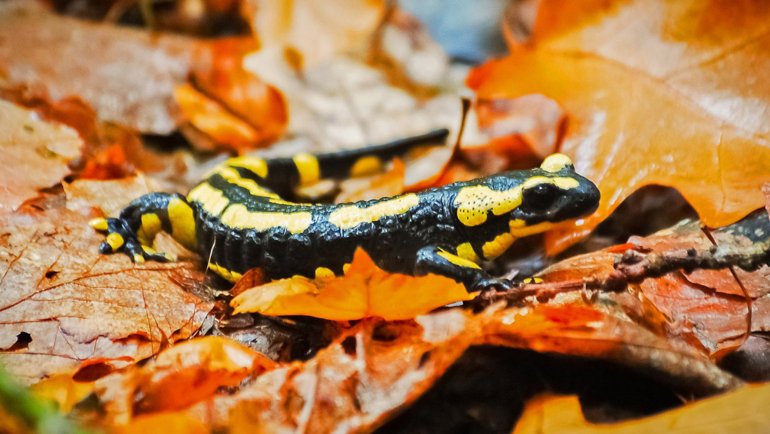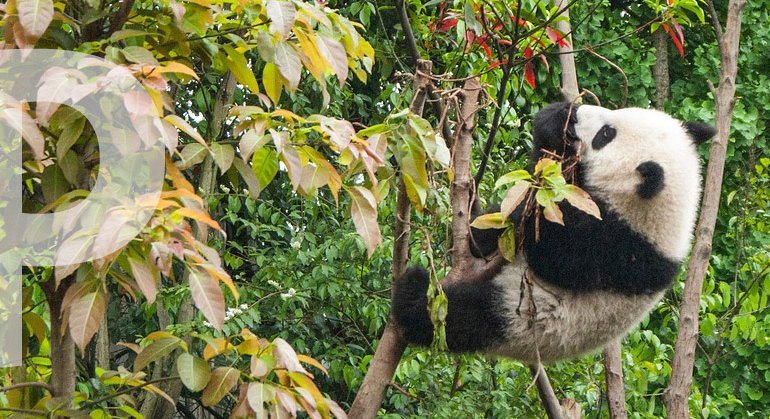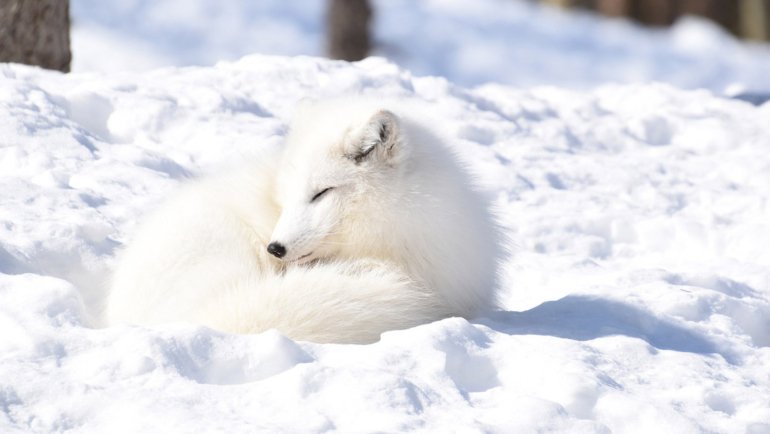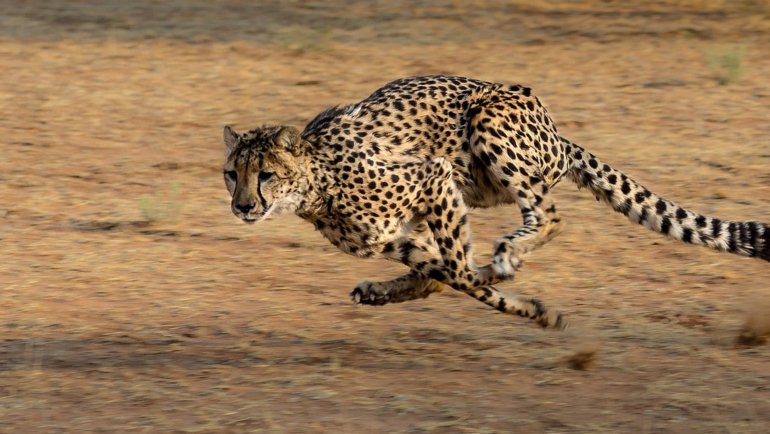In nature, no organism exists in isolation. Every living thing, from the tiniest microbe to the largest predator, plays a role in the intricate web of life. This vast interconnected system, known as the food web, illustrates the complex relationships between predators, prey, plants, and decomposers. By understanding who eats what, we gain valuable insight into how ecosystems remain balanced and how species interact to survive.
On this page, we’ve compiled a comprehensive collection of articles exploring the predator-prey dynamics of various animals. Whether you’re curious about what eats a lion or what an amoeba consumes, this resource will help you trace the flow of energy through the natural world.
What Are Animals’ Predators?
Discover which animals prey on various species, from mammals and birds to insects and microorganisms. Each article dives deep into the natural predators of specific animals and explains the role these predators play in maintaining ecological balance.
Browse the list below to find out what carnivores eat…
- Adélie Penguins
- Alligators
- Amoebas
- Beavers
- Caimans
- Cats
- Cheetahs
- Cougars
- Coyotes
- Crows
- Deer
- Dingoes
- Dolphins
- Ducks
- Eagles
- Eels
- Elephants
- Foxes
- Frogs
- Goats
- Grasshoppers
- Hawks
- Hyenas
- Iguanas
- Jellyfish
- Kangaroos
- Lions
- Lizards
- Penguins
- Rabbits
- Raccoons
- Octopus
- Parrots
- Shrimps
- Snakes
- Spiders
- Tadpoles
- Tarantulas
- Tigers
- Toads
- Turkeys
- Vultures
- Wild Dogs
- Wolves
- Zebras
Browse the list below to find out what herbivores eat…
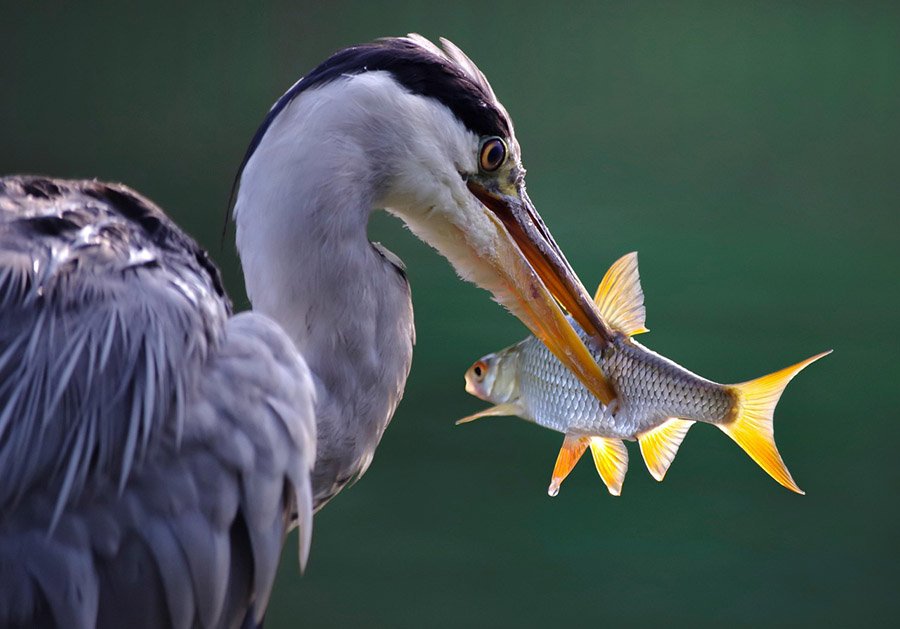
What Do Animals Eat?
In this section, you’ll learn about the diets of various animals. Explore what different species consume to survive, from herbivores munching on plants to carnivores hunting other animals. Understanding these feeding habits is key to grasping how energy flows through ecosystems.
Browse the list below to find out what the following animals eat.
- Aardvarks
- Addax
- Adélie Penguins
- African Wild Dogs
- Alligators / Baby Alligators
- Anacondas
- Beavers
- Caracals
- Cheetahs / Baby Cheetahs
- Cougars
- Coyotes
- Deer
- Dolphins
- Elephants
- Frogs
- Goats
- Hawks
- Iguanas
- Jellyfish
- Kangaroos
- Lions
- Lizards
- Octopuses
- Penguins
- Raccoons
- Snakes
- Tigers
- Vultures
- Wolves
- Zebras
- Zebra Sharks
Still Curious?
- Do Bears Eat Deer? How Often Does it Happen?
- Do Tigers Eat Leopards? A Complete Answer
- Do Lions Eat Grass? The Answer Might Surprise You!
- Do Monkeys Eat Banana Peels? Do They Actually Eat Bananas?
- Do Raccoons Kill And Eat Cats? Here is The Answer
- Do Alligators Eat Manatees? How Likely is it to Happen?
- Do Anacondas Eat People? Has It Happened Before?
- Do Wolves Eat Deer?
- Do Wolves Eat Fish? How Common Is It?
- Do Wolves Eat Snakes? Does It Happen Often?
- Do Wolves Eat Bears? How Likely Is It?
- Do Wolves Eat Coyotes? When Would This Happen?
- Do Bears Eat Wolves? What Are Their Interactions in the Wild?
- Do Coyotes Eat Wolves? A Closer Look at Their Interactions
Why Food Webs Matter
Food webs are the foundation of all life on Earth. They ensure that energy is passed from one organism to another, sustaining entire ecosystems. When a species is removed or a population grows too large, it can cause ripple effects throughout the entire food web, impacting biodiversity and ecosystem health.
By studying food webs, scientists and conservationists can better predict how changes in one species’ population may affect others, helping them make informed decisions to protect wildlife and maintain ecological balance.

